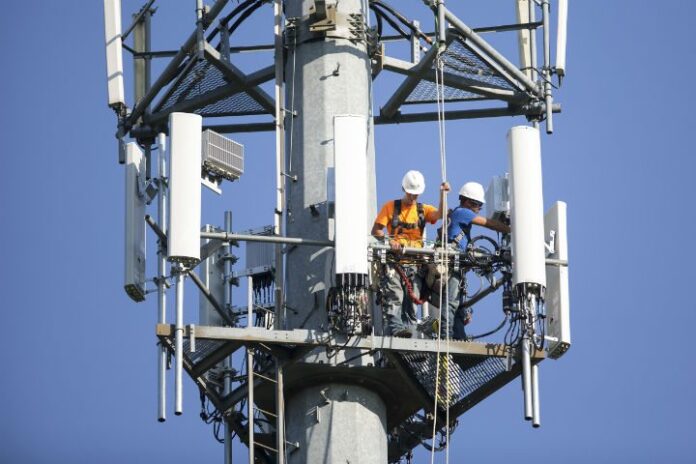Sprint management said recent report was incorrect and ’caused a lot of damage’
Sprint countered recent reports it was about to undertake a service disrupting network re-architecture, which decimated the carrier’s stock over the past week.
In announcing its latest quarterly results, Sprint’s management took great pains to explain a planned update to its network would involve a strong focus on densification efforts using small cells and that it was not looking to rip out a significant portion of its current macro sites.
The move followed a report earlier this month from Re/Code that claimed Sprint had “finalized” plans to re-architect its network away from its current reliance on traditional cell tower companies and backhaul suppliers and instead focus on tapping “government-owned properties” and microwave backhaul solutions. The report claimed Sprint was expected to move on the network plan, known as the Next Generation Network initiative, by mid-year.
In a conference call with the media, Sprint CEO Marcelo Claure pointedly told a Re/Code representative the facts of their report were incorrect and “caused a lot of damage.” Sprint stock lost almost one-third of its value last week following the report, dropping to a new 52-week low of $2.18 per share. The stock has since rebounded, surging more than 10% in early Tuesday trading to more than $2.80 per share.
Sprint management explained its network plans would see the carrier re-evaluate all of its tower sites, but that it would not make moves that would hinder service quality. The carrier also said it was not looking to ditch its current tower contracts, with a focus on working further with rural carriers in expanding the reach of its LTE footprint.
“What we are doing is densifying the network and there are not enough towers to do that,” Claure said, adding the carrier would rely heavily on “mini-macro” sites as well as erect more macro sites.
Sprint did acknowledge it would increase its use of microwave backhaul solutions as part of a “hybrid” approach in order to provide the necessary support for its strategy, and some of those solutions would include tapping its own vast spectrum portfolio to provide the necessary backhaul for small cell deployments.
However, analysts following up on the Re/Code report noted Sprint is indeed looking at a significant network program, including the elimination of up to 80% of its current macro sites and a reliance on public right-of-ways for the deployment of small cells.
Bored? Why not follow me on Twitter

